Hear audio description and exhibition labels for key objects from the Norman Hetherington collection. For visitors with additional vision needs.
Mr Squiggle and Friends 15 Jun 2025
1. Opening title graphic
00:00 / 1:22
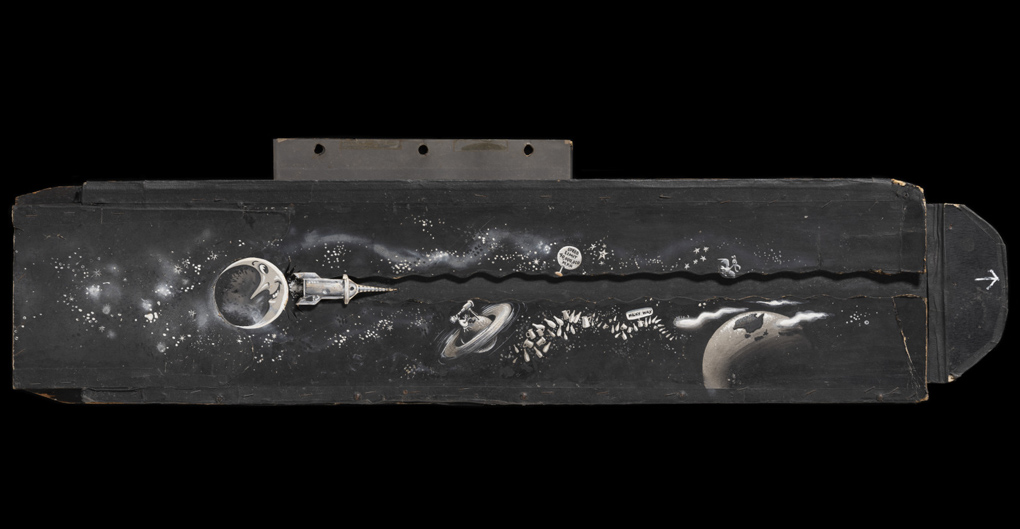
Mr Squiggle and Friends 15 Jun 2025
2. Pistol and dagger in box and Pistol Packin’ Momma costume designs
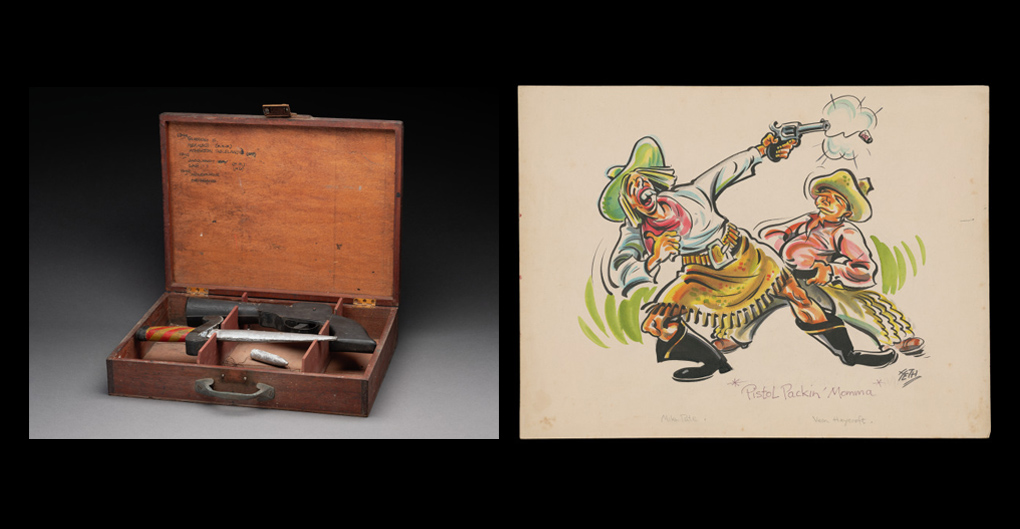
Right: Pistol Packin' Momma costume designs, 1942–45. The Norman Hetherington collection, National Museum of Australia
Mr Squiggle and Friends 15 Jun 2025
3. Improvised stage
00:00 / 1:20
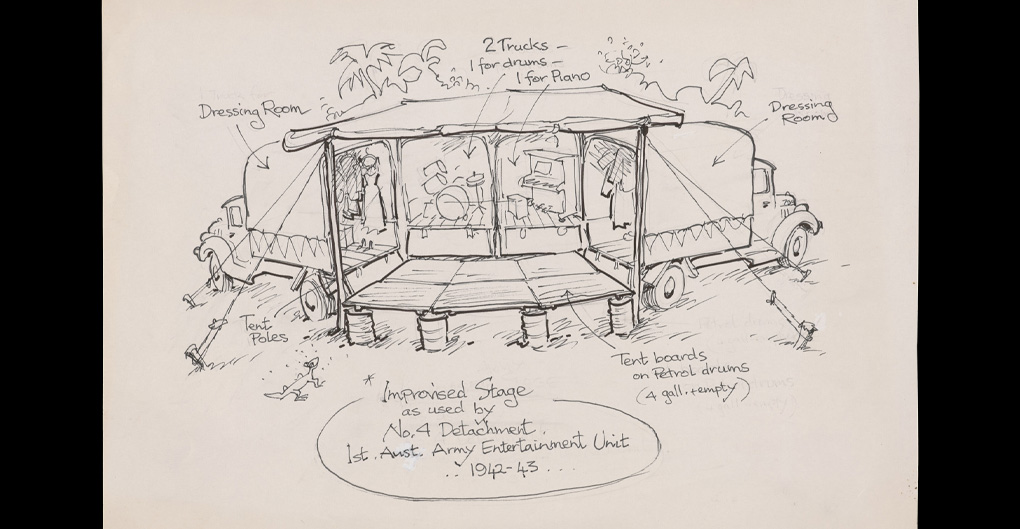
Mr Squiggle and Friends 15 Jun 2025
4. Cameo theatre
00:00 / 1:23
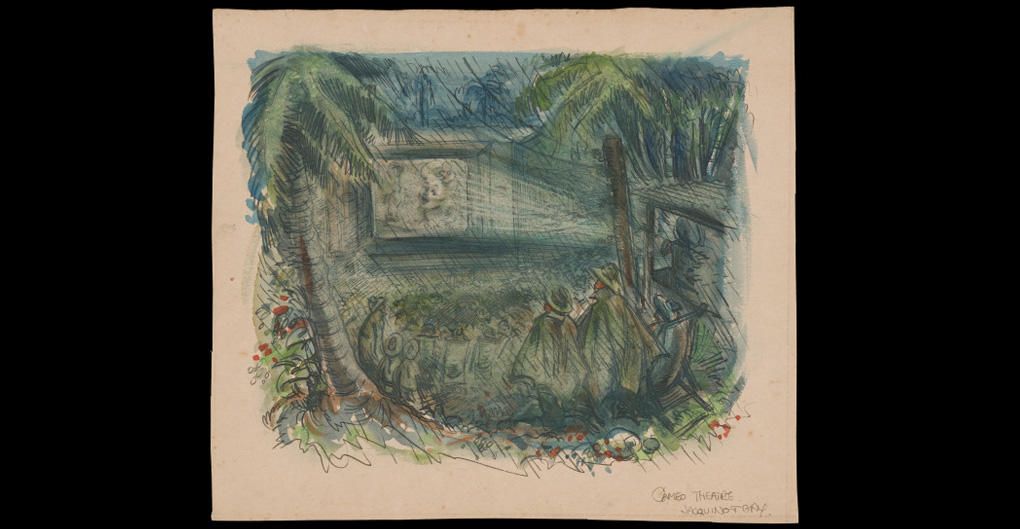
Mr Squiggle and Friends 15 Jun 2025
5. Dragon and Sir Giles puppets
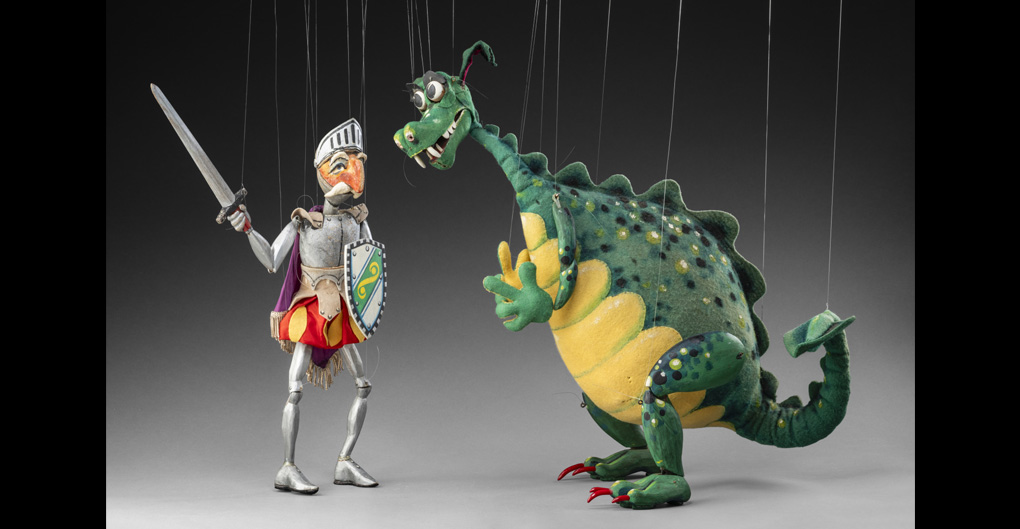
Mr Squiggle and Friends 15 Jun 2025
6. Stage backdrop
00:00 / 1:31
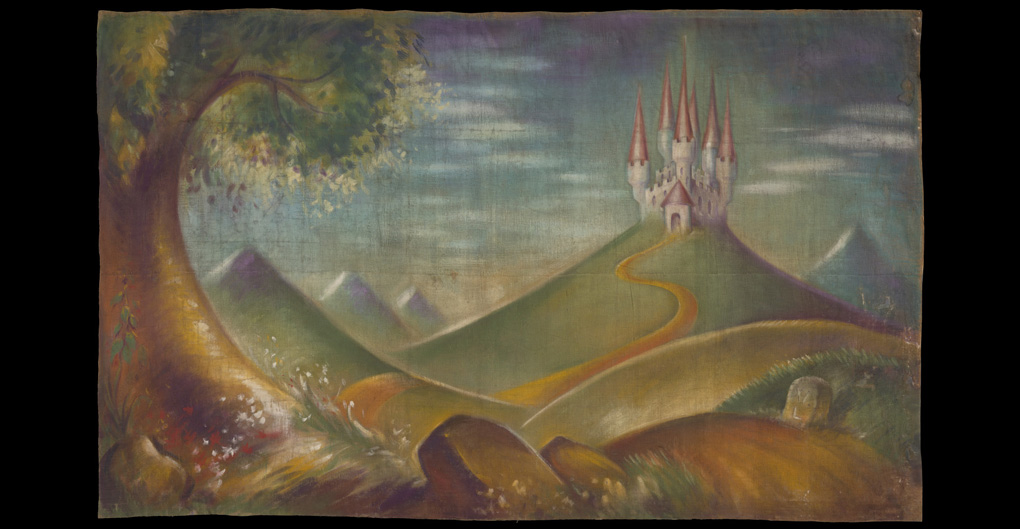
Mr Squiggle and Friends 15 Jun 2025
7. Nicky and Noodle puppets
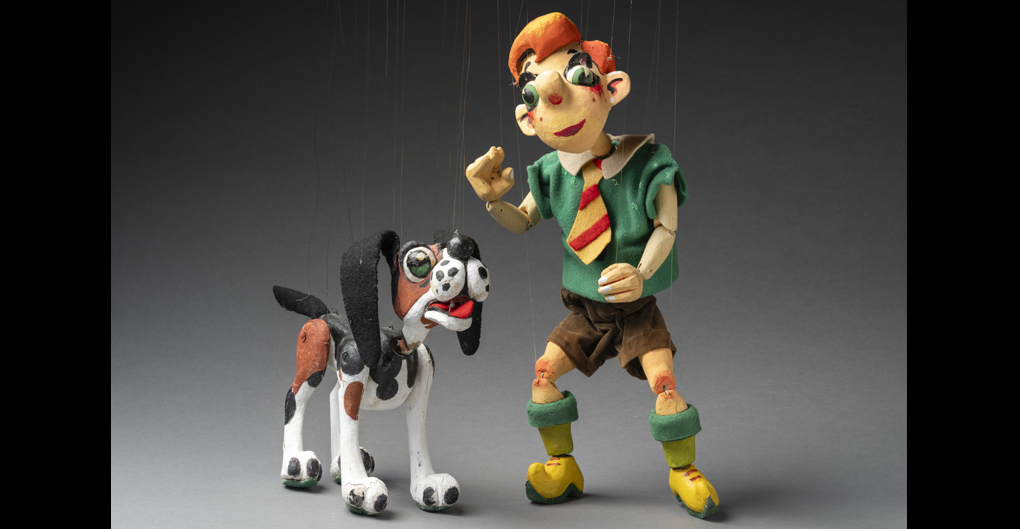
Mr Squiggle and Friends 15 Jun 2025
8. Whale, Starfish Trumpeter and Octopus puppets
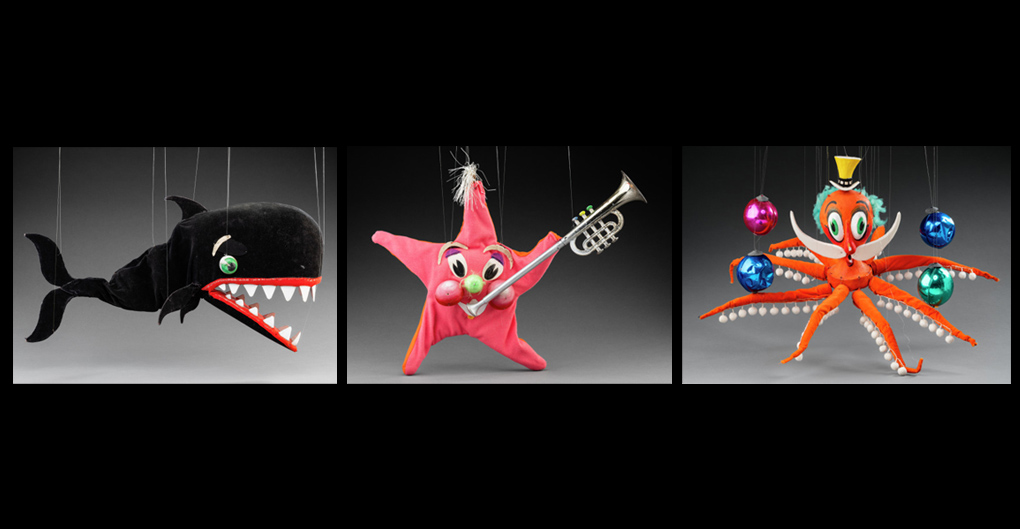
Mr Squiggle and Friends 15 Jun 2025
9. Gus the Snail puppet
00:00 / 1:43
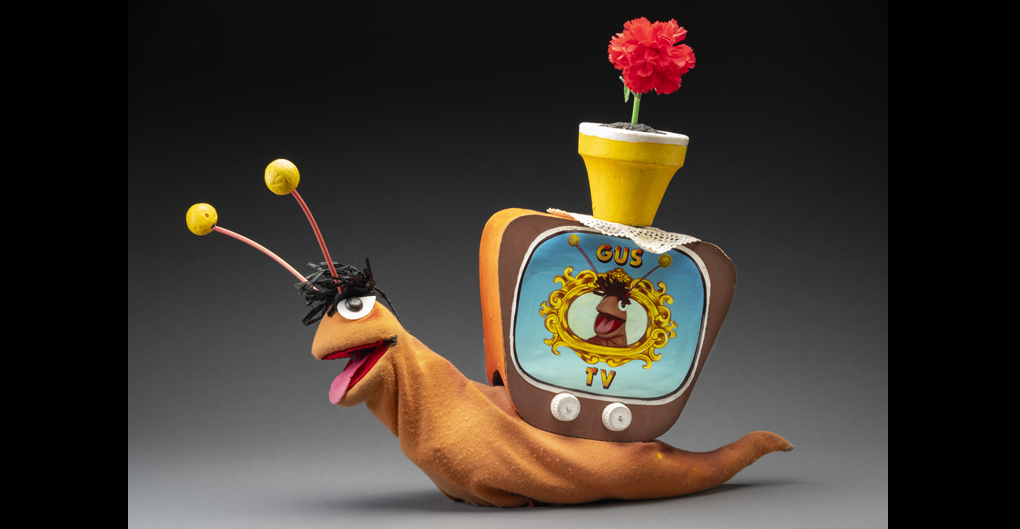
Mr Squiggle and Friends 15 Jun 2025
10. Mr Squiggle, Blackboard and Rocket puppets
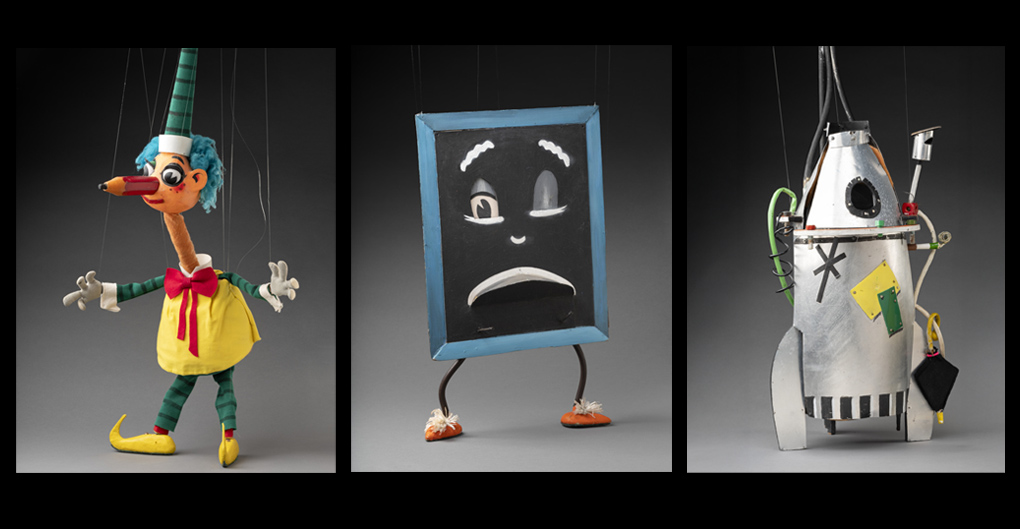
Mr Squiggle and Friends 15 Jun 2025
11. Bill Steamshovel puppet
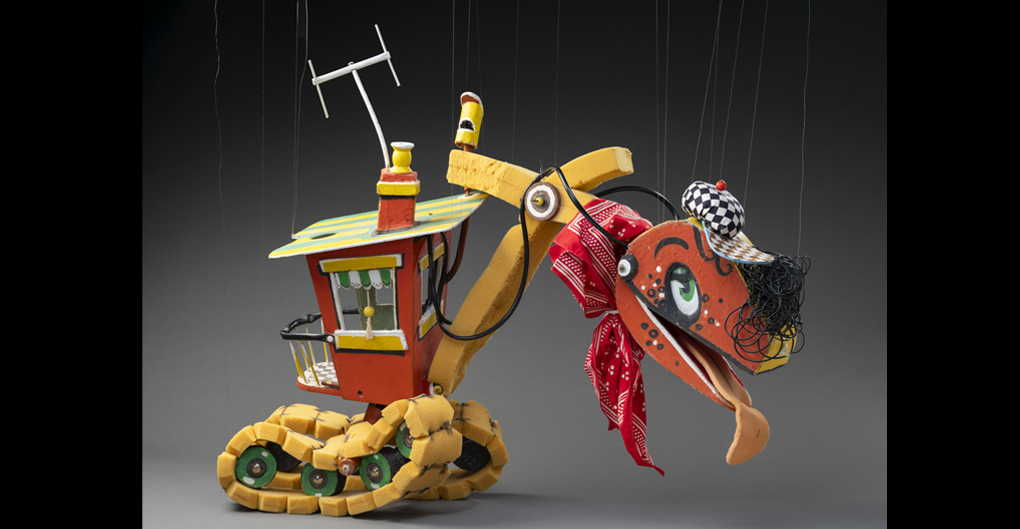
Mr Squiggle and Friends 15 Jun 2025
12. Squiggle sketch
00:00 / 1:41
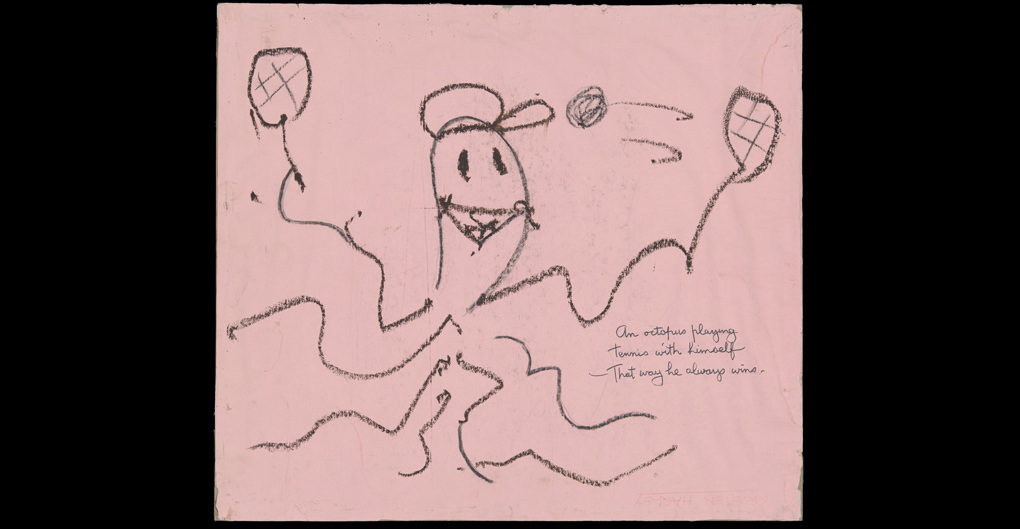
Mr Squiggle and Friends 15 Jun 2025
13. Norman Hetherington's suitcase
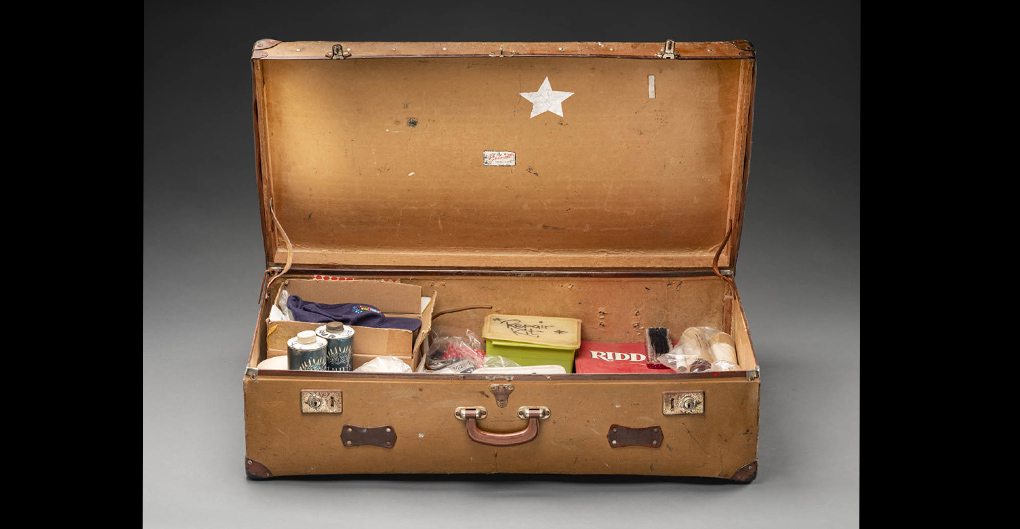
You may also like